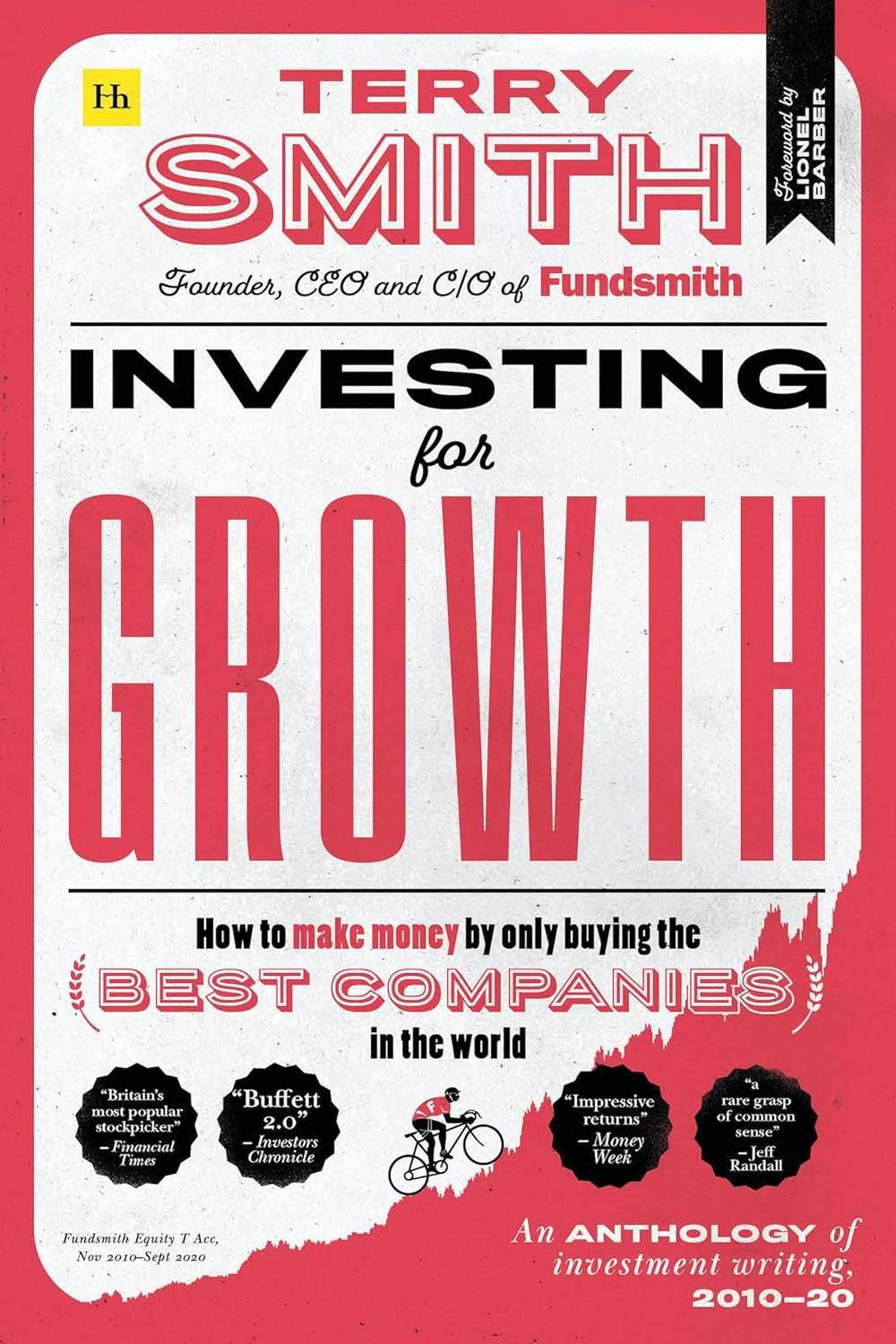
100 Baggers
Stocks That Return 100-to-1 and How To Find Them
Framework
by
Christopher W. Mayer
2015
2015
A framework by investor Chris Mayer for identifying public companies with the potential to become 100-baggers—stocks that return $100 for every $1 invested. Inspired by Thomas Phelps’ 1972 classic, 100 to 1 in the Stock Market, Mayer modernizes the approach by highlighting early financial signals like high ROIC and emphasizing the discipline of holding great businesses for a decade or more.


Jermaine's Notes
June 2023
Complements "100 to 1 In The Stock Market" by Thomas Phelps. 100x returns take time, so be patient. Read 2015 paperback.
Connected Books
100 to 1 in the Stock Market
June 2023
A framework by Investor Thomas Phelps for spotting public companies with the potential to deliver 100-to-1 returns—turning $1 into $100—by identifying traits that enable long-term compounding. Drawing from dozens of case studies through 1971, he offers a practical checklist and explores the psychology and discipline required to hold for such extraordinary gains.
Investing for Growth
July 2023
A framework-driven book by Terry Smith, founder of Fundsmith Equity Fund. This curated collection of two decades’ worth of investment letters and essays lays out his core philosophy: buy high-quality businesses in public markets, hold them long-term, and ignore market noise.
Common Stocks and Uncommon Profits and Other Writings
June 2023
A framework book by Philip Fisher, a pioneer of investing in growth companies in the stock market. Fisher shares his principles for generating above-average returns by identifying high-quality companies with strong long-term growth potential and holding them over time. He explains his “Scuttlebutt” research method and outlines his 15-point checklist for evaluating companies. The book presents his approach in clear language that the average investor can understand.
Connected Posts
Connected Entrepreneurs
No items found.




